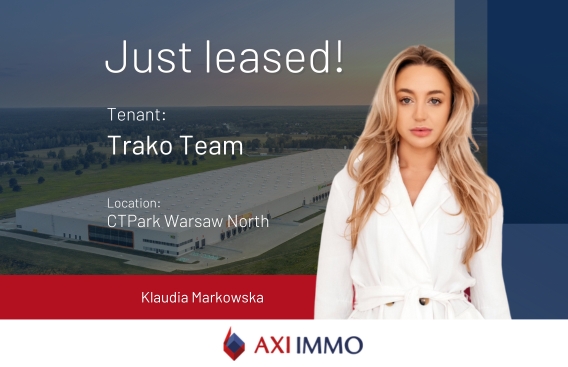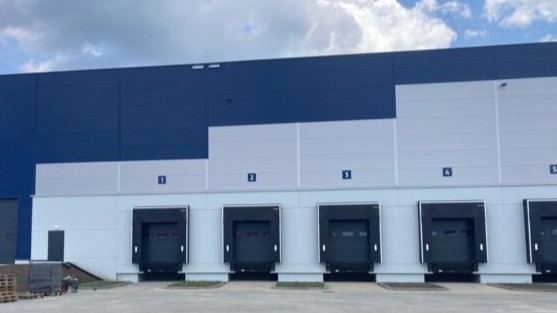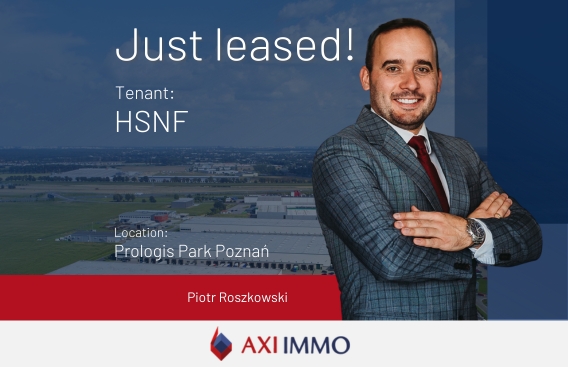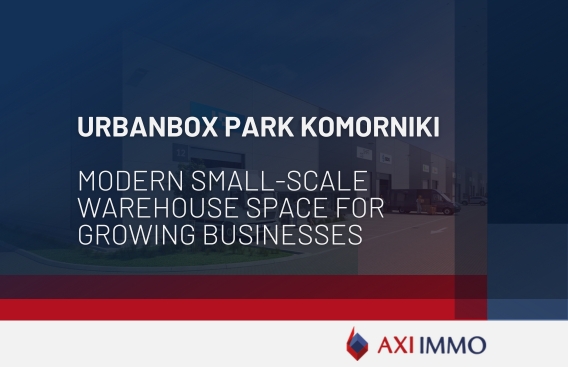Sale and leaseback – an option to raise capital
Sale and leaseback benefits for the seller and buyer. Sale and leaseback warehouse.
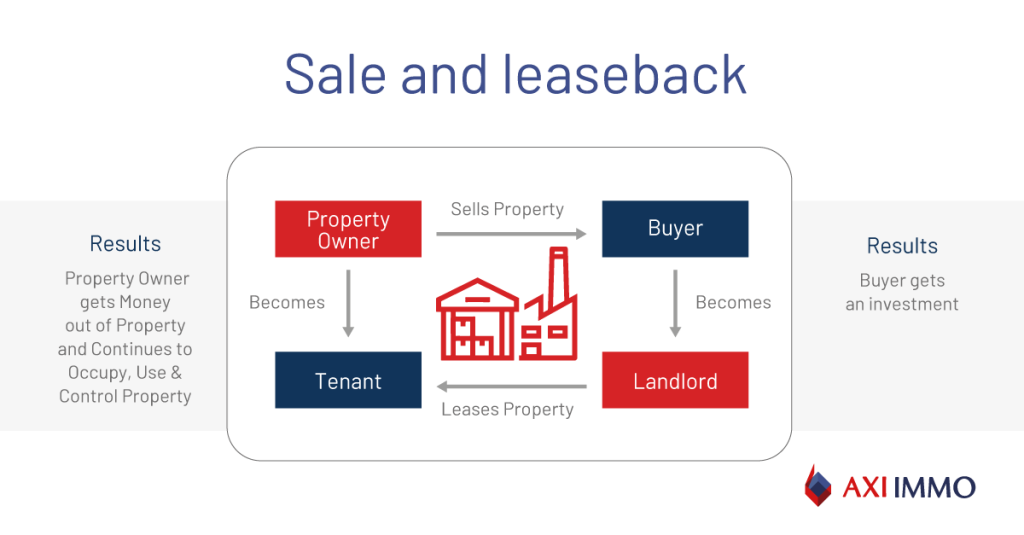
Sale and leaseback is a type of real estate transaction whereby the owner of an existing property, who is simultaneously its occupier, sells this property or a stake in it and signs a long-term lease with the buyer. As a result, the previous owner loses ownership title to the property, but it remains the user of the space.
Advantages for the seller:
- The main advantage of entering into a sale and leaseback transaction is the opportunity to free up capital tied up in real estate and subsequently use it to either expand the business or pay down the company’s liabilities. A sale and leaseback contract can be an element of a company’s restructuring program aimed at improving the liquidity of the business.
- Sale and leaseback can be an alternative to bank financing, with the latter becoming more difficult to obtain in current market conditions. It is worth noting that the project is subject to successful due diligence conducted by the investor, including an assessment of the quality and risk level of the potential tenancy, along with the financial situation and growth prospects of the current owner and future occupier. Investors’ criteria are, however, often less stringent than those of banks.
- In particular situations, sale and leaseback can be a means of tax optimization. It allows a business to replace its relatively low cost of real estate amortization with a relatively higher cost of tenancy.
Advantages for the buyer:
- For the buyer, a sale and leaseback transaction is an opportunity to invest in a property that generates stable income over the long term and is occupied by a reputable company with a low risk of default. For these reasons, such a product is particularly attractive to pension and insurance funds—long-term investors with a low-risk profile who seek stable and predictable cash flows.
- A sale and leaseback transaction has a low operational risk as it concerns existing, working assets that are fully verifiable.
- In periods when access to financing is limited, more high-risk opportunistic investors also seek sale and leaseback investments. Due to their higher risk tolerance, such investors are able to enter into contracts with companies whose financial situation and creditworthiness are poorer.
Total occupancy costs include:
- Rent is paid per square meter of space and office. Both are typically quoted in EUR but can be paid in PLN, after appropriate conversion based on the current central bank exchange rate.
- The service charge per square meter of space and office – quoted and paid in PLN. It is a charge that covers the costs of maintenance and daily running of the building, including taxes, insurance, cleaning, maintenance of access roads, security of external areas, lighting of communal areas, snow clearing, as well as land and property taxes.
- Utility costs: charged based on usage.
The following additional standards for tenancy agreements exist in the Polish market:
- Rent is paid each month upfront.
- The rental rate is typically quoted in EUR.
- Rent is subject to annual indexation, typically based on the rate of inflation.
- The lease term is typically longer for sale and leaseback transactions compared to the market standard, at 10 years and more. Usually, the longer the contractual lease, the more attractive terms the occupier is able to negotiate.
- Improvements made to the building during the lease that exceed the developer standard incur an additional cost.
- Tenancy agreement requires a bank guarantee and a guarantee from the mother company.
Please don’t hesitate to contact the Investment Team at AXI IMMO to discuss the full range of services on offer. We have relationships with many international organizations interested in investing in the logistics and industrial real estate sector in Poland and the wider CEE region.
Contact
Renata Osiecka
Managing Partner AXI IMMO
Recent articles
10 July 2025
Trako Team expands to 22,000 sqm its logistics and warehouse centre near Warsaw, Poland, – advised by the AXI IMMO commercial real estate agency
Trako Team Rafał Kopański has expanded its warehouse space at CTPark
23 June 2025
Panattoni Park Warsaw West Błonie near Warsaw, Poland, with a new warehouse for logistics operator
Panattoni Park Warsaw West - key location and modern warehouse spaces
23 June 2025
HSNF renews lease at Prologis Park Poznań I – Beauty sector tenant continues operations in Greater Poland
HSNF continues its logistics operations in Poland in Poznan region
25 May 2025
UrbanBox Park Komorniki – modern small-scale warehouse space for growing businesses, near Poznan, Western Poland
Urbanbox Park Komorniki warehouse complex with modules from 167 sq m. in a strategic location near Poznań.
